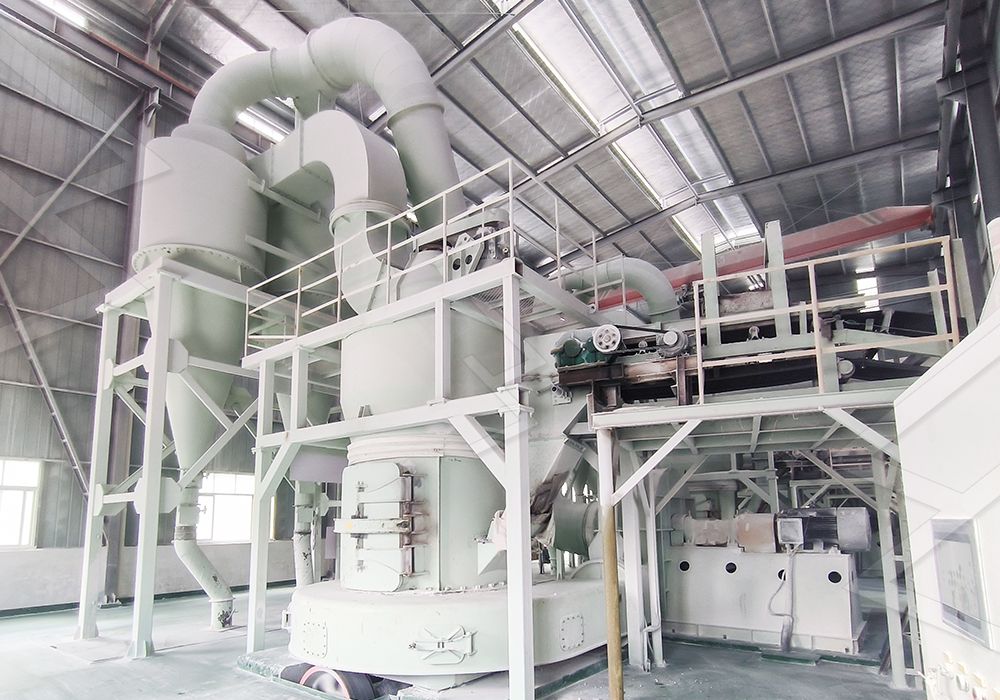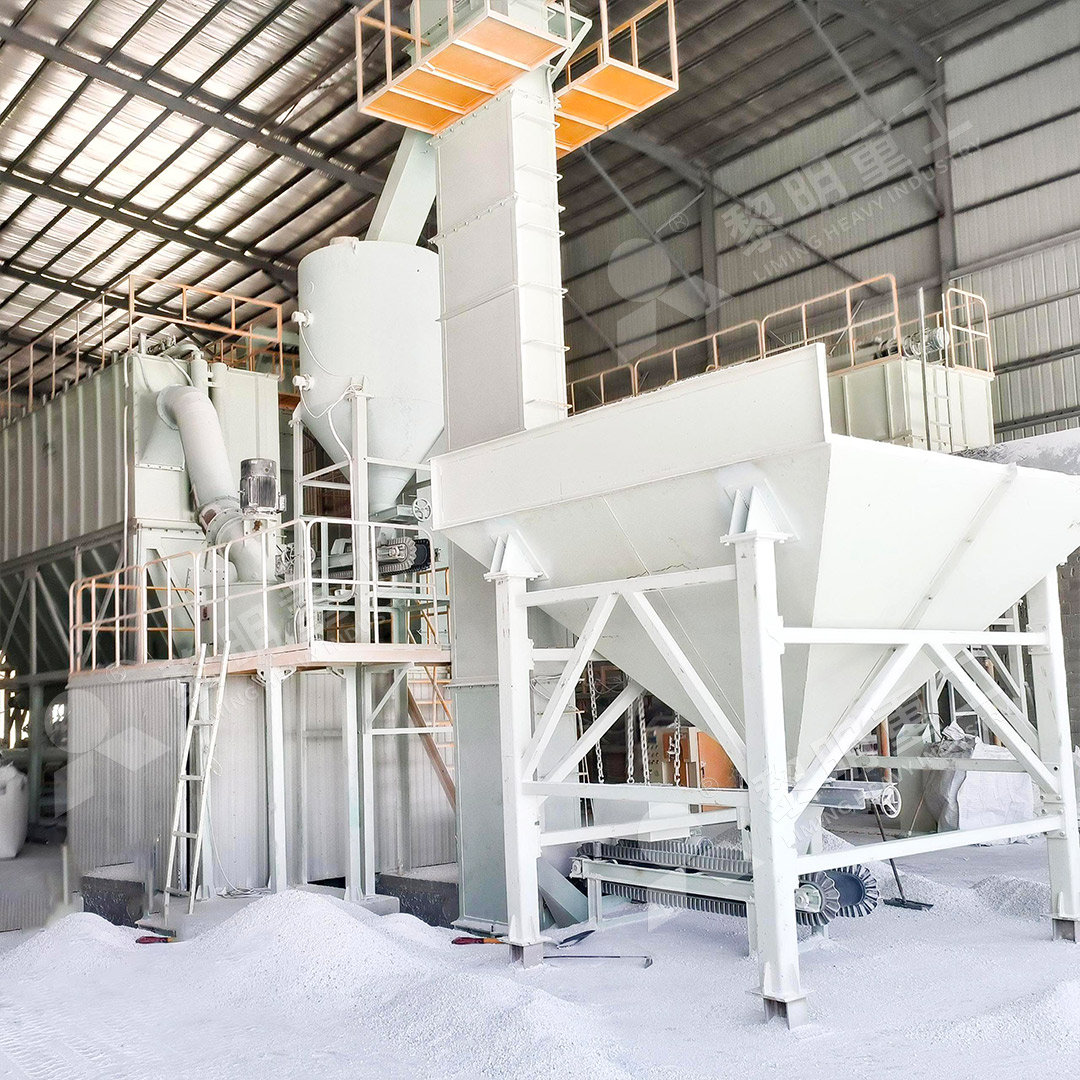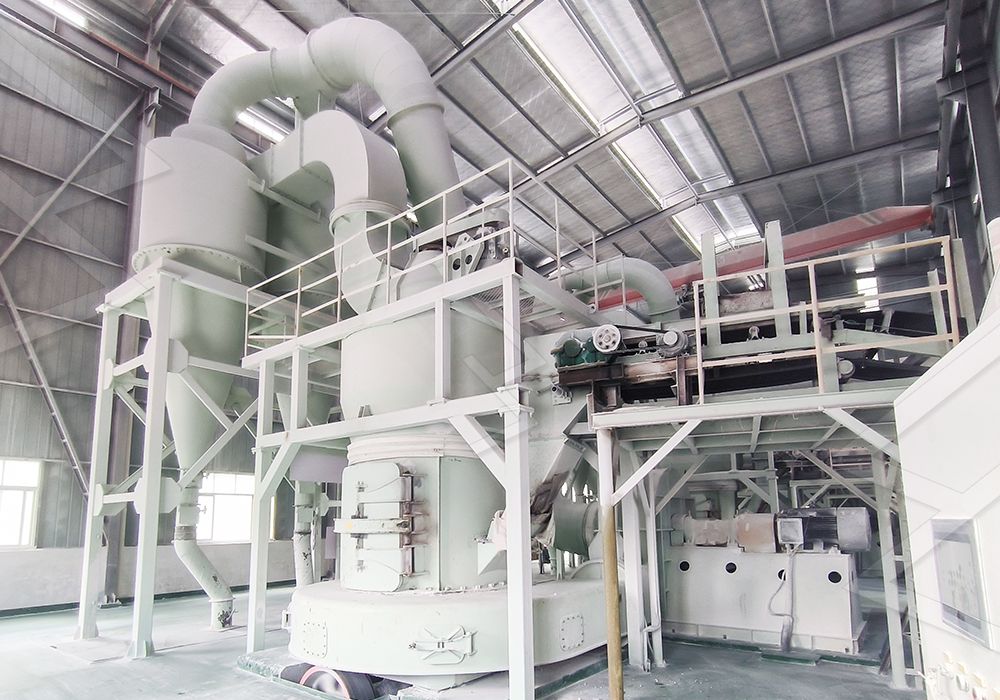Optimizing Mineral Processing: The Role of Medium-Speed Trapezium Mills in Mining Machinery Production
Optimizing Mineral Processing: The Role of Medium-Speed Trapezium Mills in Mining Machinery Production
The mineral processing industry faces constant pressure to improve efficiency, reduce operational costs, and minimize environmental impact. Amidst this challenging landscape, medium-speed trapezium mills have emerged as pivotal equipment in modern mining operations, offering a balanced solution between traditional ball mills and high-speed ultrafine grinding systems.
Medium-speed trapezium mills operate at rotational speeds between 50-300 rpm, positioning them perfectly for processing a wide range of minerals including limestone, calcite, dolomite, and barite. Their unique grinding mechanism combines compression and shearing forces, resulting in more uniform particle size distribution and reduced energy consumption compared to conventional grinding methods.

Technological Advancements in Modern Grinding Systems
Contemporary medium-speed trapezium mills incorporate several innovative features that distinguish them from earlier generations. The integration of advanced powder separation technology, improved grinding curves, and automated control systems has significantly enhanced their performance metrics. These mills now achieve grinding efficiencies previously attainable only through more complex and expensive systems.
One notable advancement is the implementation of intelligent lubrication systems that extend bearing life and reduce maintenance requirements. The elimination of rolling bearings and screws within the grinding chamber, as seen in our MW Ultrafine Grinding Mill, represents a significant step forward in reliability. This design innovation eliminates concerns about bearing damage or loose screws causing operational failures, while external lubrication systems enable continuous 24-hour operation without shutdowns for maintenance.
Environmental Considerations and Operational Efficiency
Modern trapezium mills address environmental concerns through integrated dust collection and noise reduction systems. Efficient pulse dust collectors ensure minimal particulate emissions, while specialized mufflers and noise elimination chambers maintain workplace noise levels within regulatory limits. These features align with increasingly stringent environmental protection standards while maintaining production efficiency.

The MW Ultrafine Grinding Mill exemplifies this approach with its cage-type powder selector technology, allowing precise fineness adjustment between 325-2500 meshes. With capacity ranging from 0.5-25 tph and handling input sizes up to 20 mm, this equipment delivers production capacity 40% higher than jet grinding mills while consuming only 30% of the energy. The system’s ability to achieve d97≤5μm in a single pass makes it particularly valuable for applications requiring ultra-fine powders in industries such as chemicals, paints, cosmetics, and food additives.
Comparative Performance Analysis
When evaluated against alternative grinding technologies, medium-speed trapezium mills demonstrate distinct advantages in specific operational contexts. Their moderate speed operation reduces wear rates compared to high-speed systems while providing finer grinding capabilities than traditional ball mills. This balance makes them particularly suitable for medium-scale operations where both efficiency and product quality are priorities.
The versatility of these mills extends beyond mineral processing to applications in cement production, coal pulverization, and power plant desulfurization. Their ability to handle materials with varying hardness and moisture content without significant operational adjustments provides operational flexibility that translates to reduced downtime and increased overall equipment effectiveness.

Future Directions in Grinding Technology
The evolution of medium-speed trapezium mills continues with integration of digitalization and Industry 4.0 principles. Advanced monitoring systems now track operational parameters in real-time, enabling predictive maintenance and optimizing grinding performance based on material characteristics. These developments promise further improvements in energy efficiency and operational reliability.
As mineral processing operations increasingly prioritize sustainability, the role of efficient grinding technology becomes ever more critical. Medium-speed trapezium mills, with their balanced approach to performance, energy consumption, and environmental impact, are well-positioned to meet these evolving industry demands.
Frequently Asked Questions
What distinguishes medium-speed trapezium mills from other grinding technologies?
Medium-speed trapezium mills operate at optimal speeds that balance grinding efficiency and energy consumption. They incorporate advanced features like specialized grinding curves and precision powder separation that provide superior performance compared to traditional ball mills while being more energy-efficient than high-speed alternatives.
How does the MW Ultrafine Grinding Mill achieve higher efficiency?
The MW Ultrafine Grinding Mill incorporates newly designed grinding curves of the grinding roller and ring, enhancing grinding efficiency significantly. It achieves 40% higher production capacity than jet grinding mills with the same fineness and power requirements, while system energy consumption is only 30% of comparable jet grinding systems.
What maintenance advantages do modern trapezium mills offer?
Contemporary designs like the MW Ultrafine Grinding Mill eliminate rolling bearings and screws within the grinding chamber, preventing common failure points. External lubrication systems allow maintenance without shutdowns, and reversible structures in some models facilitate easy access to grinding components for inspection and replacement.
Can trapezium mills handle different mineral types effectively?
Yes, modern trapezium mills are engineered to process various minerals including limestone, calcite, dolomite, gypsum, barite, and talc. Adjustable operational parameters allow optimization for different material characteristics, while advanced powder separation ensures consistent product quality across applications.
What environmental features are incorporated into these grinding systems?
Modern trapezium mills include integrated pulse dust collectors that prevent particulate emissions, along with silencers and noise elimination rooms that reduce operational noise. These systems operate fully in compliance with national environmental protection standards, making them suitable for environmentally sensitive applications.
